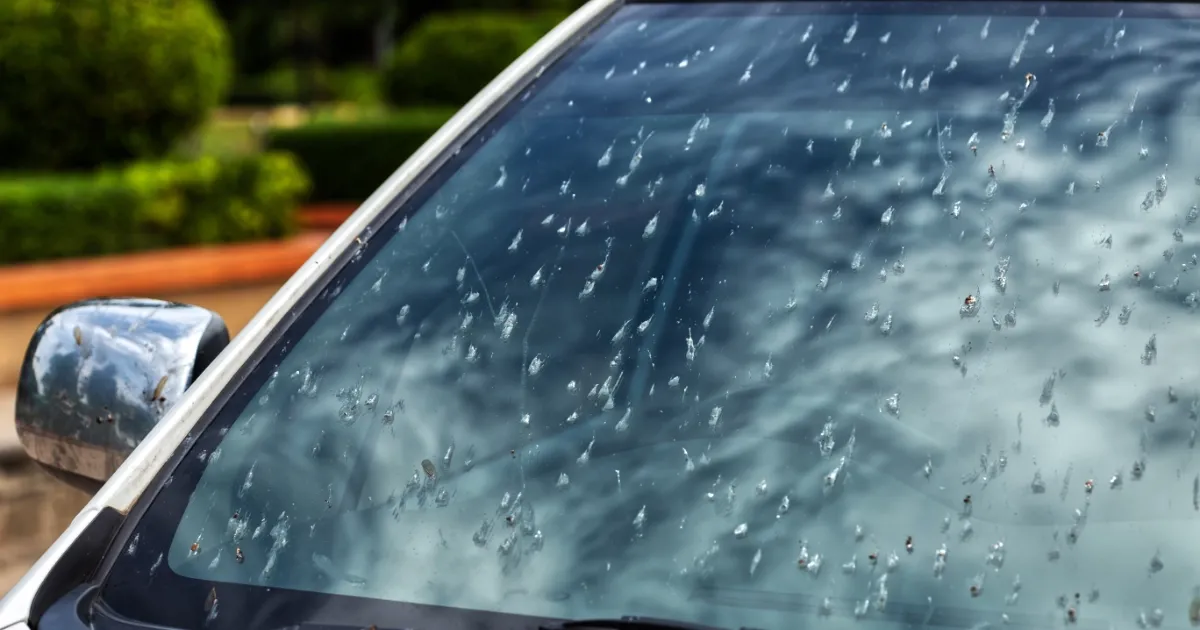
16 Jul 2025
Not long ago, Aussie road trips came with a messy but familiar sign of life ... car windscreens splattered with bugs. Today, those windscreens remain unnervingly clean. While this might make for easier cleaning, it signals a troubling decline in insect populations. From bushland to backyard veggie patches, the absence of bugs is a stark reminder of the challenges facing our ecosystems. One significant contributor? Aerial spraying and pesticide use, particularly for mosquito control and invasive plant management.
What’s Happening in Our Corridors?
Across WA and beyond, aerial spraying is commonly used to manage pests and mosquito-borne diseases. While these programs aim to protect human health, they often harm non-target species, including native pollinators like bees, butterflies, and hoverflies. Spray drift, when chemicals travel beyond their intended target, can settle on flowering plants and corridor vegetation, depleting nectar sources and reducing habitat viability.
Additionally, pesticides such as insecticides and herbicides can poison wildlife directly or indirectly. Primary poisoning occurs when animals ingest pesticides directly, while secondary poisoning happens when predators consume prey that has been exposed to these chemicals. Both scenarios can lead to illness, reproductive issues or death, further disrupting ecosystems. The sound of frogs is a distant memory.
Why Pollinators and Wildlife Matter
Pollinators are vital threads in the fabric of our corridor networks. They fertilise native flora, support food crop production & maintain ecosystem resilience. A decline in their numbers weakens not only the environment but also our connection to it. Similarly, wildlife such as birds, reptiles, and mammals play crucial roles in maintaining ecological balance. However, pesticides like rodenticides and organophosphates often harm these species, causing internal bleeding, neurological damage, or even death.
Restored spaces lose their vibrancy, biodiversity diminishes, and the long-term success of corridor planting efforts is jeopardised. Simply put, you can’t have a thriving corridor without the buzz of pollinators and the presence of healthy wildlife.
What Can We Do?
- Support research into pollinator-safe mosquito control and pesticide alternatives
- Advocate for buffer zones and stricter spray drift management near corridors
- Plant more flowering natives that bloom across seasons to provide shelter and sustenance for pollinators
- Reduce pesticide use by adopting practical pest control methods, such as sealing entry points, using traps & maintaining clean environments
- Raise awareness about the dangers of second-generation rodenticides and other harmful chemicals
Why Your Help Matters
At Connecting Corridors, we believe every species deserves a safe passage & every person has a role to play in that mission. Whether it’s donating materials, funding a project or spending an afternoon planting shrubs, your efforts can help rebuild the wild fabric of your community.
So, the next time your windscreen is bug-free ... ask what’s been lost.
